Jews in Islam; Orchids in Paris

I don’t believe that a single Parisian was inside this past weekend. In spite of the cold, the sun shone brightly, the sky was blue and the streets were chock-a-block with “flâneurs.”(By definition, a “flâneur” is someone who walks around not doing anything in particular but watching people and society.)
Saturday afternoon, thousands of people gathered near Place de la République and Place de la Bastille to say “no to war in Europe.” A member of “Stand with Ukraine” told AFP that “We will be there every weekend, in Paris or elsewhere, until Mr. Putin leaves and withdraws his tanks.” The crowds at both important hubs left me bus-less, so I had to hoof it to meet a friend at the Institut de Monde Arabe for the exhibition, “Juifs d’Orient: Une histoire plurimillénaire” (Jews in Islamic Lands: a multi-millennial history).

For the first time in two years, a mask wasn’t required in the museum—a very welcome change that might make one think we were (relatively) back to normal. The rules requiring the showing of a Covid-19 vaccine pass to access venues and the wearing of masks indoors will be lifted as of March 14th now that the country shows signs the virus is receding in France, but some have started early. This is a welcome relief!
The exhibit is only on until March 13th, so this was a last chance to take it in. My first thoughts about the exhibition was questioning WHY the Institut de Monde Arabe had even conceived of such a display? What was their point? Was it a step toward an understanding between the Jews and the Muslims? Was it a way to encourage their own constituents to realize how the two communities are really brethren, not enemies? What type of people visited the exhibit? Were they mostly Jews there out of curiosity (like me)?

Interestingly enough, while it’s hard for me to really answer that last question about the kinds of visitors (I didn’t take a poll!), the experts on the subject interviewed in the various videos on display during the exhibition were almost all Jews, many of them were professors from U.S. universities and anthropologists or historians. I didn’t get the sense that their Muslim counterparts were as interested in the history as the Jewish were, or maybe that’s only because there weren’t any. And while the exhibition goes to great length to position these two enemies in today’s world, really side-by-side throughout history, once it gets to 1948 when Israel gained independence as the Jewish State, did their tune change.

What I learned in the exhibition is that the Islamic prophet Muhammad found theological argument with the Jews living in and around Medina. In the year 627, the Banu Qurayza Jewish tribe were besieged for 25 days until they surrendered. The verdict was that the Jewish men should be killed, the property divided, and the women and children taken as slaves. Calling it something similar to God’s judgment, nearly all male members of the tribe who had reached puberty were beheaded. Between 600 to 900 men and one woman was killed and this seems to have started the future wave of antisemitism that exists to this day.
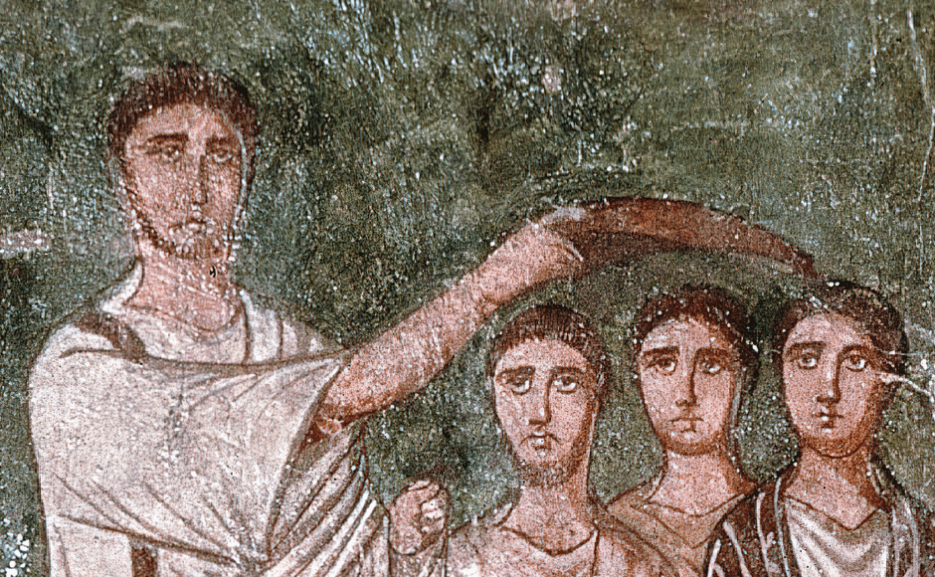
As you work your way through the exhibition one might think that it’s pointing out how deep and profound the hatred of Jews by the Muslims is, and how unfounded it is. As a Jew, it feels like maybe they’re presenting a fair viewpoint, one that we all need to understand in order to work towards peace in the Middle East, until you learn from the exhibit what happened when Israel became independent in 1948 and was declared as the “Jewish State.” That’s when the table was turned and the Jews look like the bad guys for their treatment of the Palestinians during their struggle for independence.

Eugène Delacroix’s trips to Morocco and Algeria in 1832, followed by Théodore Chassériau’s trip to Constantine in 1846, marked the beginning of European painters’ and photographers’ interest in the Jews of the East, thus becoming part of the Orientalist artistic movement. Credits: IMA
I make no judgment here. I defend no one. But, I do know that when Israel became independent it did not murder or enslave anyone. The first deaths that occurred during the 1948 Arab–Israeli War was in November 1947 during an ambush of two buses carrying Jews. I left the exhibit with a feeling of ambivalence, but having prospered from learning so much from it and seeing the art and artifacts. It was well worth the visit.
It’s probably a bit late for you to run to see it before March 13th, but if you can, do. It’s a fascinating account of the history of these two peoples, which is sure to continue as a conflict during our lifetimes and many more to come.
Sunday was beautiful enough to hoof it again, this time to the Jardin des Plantes on the eastern side of the Institut de Monde Arabe, to see the Mille & Une Orchidées (A Thousand and One Orchids) exhibition in the “Grande Serre” (Great Greenhouse). I’d never seen so many people in the 23.5 hectares park in the 5th arrondissement. It’s as old as 1626 complete with the Muséum National d’Histoire Naturelle, menagerie, greenhouses, and scientific exhibition buildings that are called “galleries.”


It was surprising that the orchid exhibit wasn’t more filled with people, because the variety of orchids was overwhelming. One is more beautiful and fascinating than the next. The camera on my iPhone was getting plenty of action as I snapped and snapped and snapped.


I have several orchids of my own at home and have always adored their beauty. They form a large family of monocotyledonous plants, being one of the most diversified of plant families, counting more than 25,000 species. At least one thousand and one were represented in the Jardin’s greenhouse.


Orchids are herbaceous plants, of various types, prospering in temperate to tropical regions…and happily on my desk. I couldn’t resist taking one home from the exhibit’s boutique where several orchid growers offered up their wares. My beauty comes from Vacherot & Lecoufle, a company created in 1886 in Boissy-Saint-Léger, and one of the oldest orchid nurseries in the world still in operation.
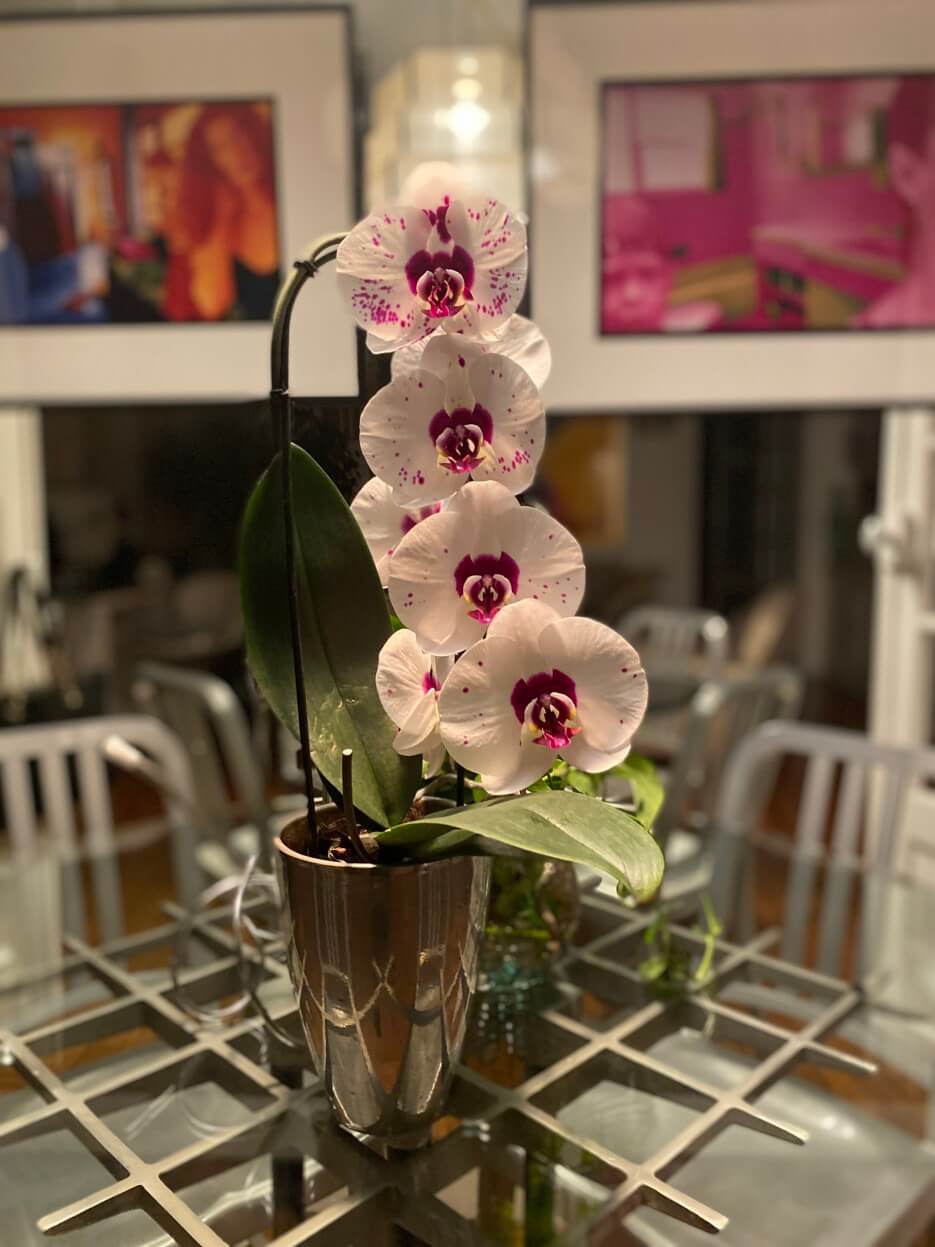
The exhibition is on only until March 21st, so get there before the flowers fade!
A la prochaine…
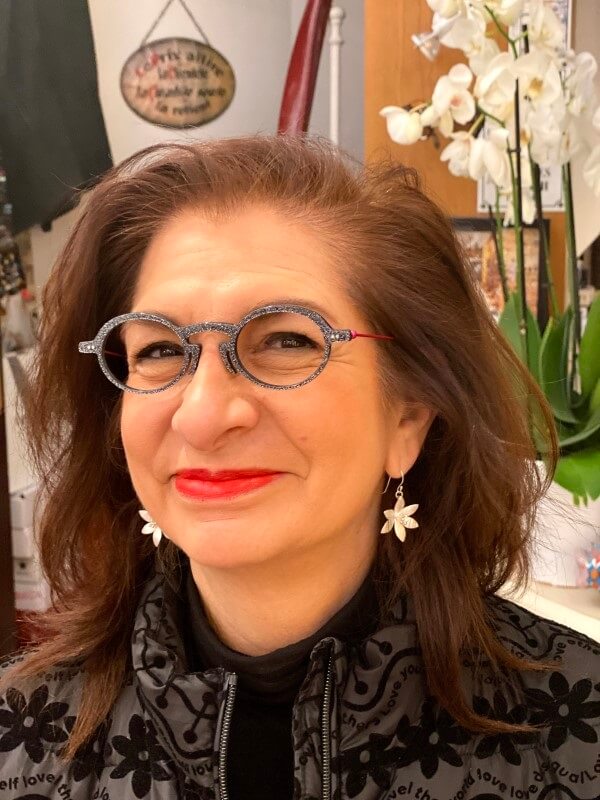 Adrian Leeds
Adrian Leeds
The Adrian Leeds Group®
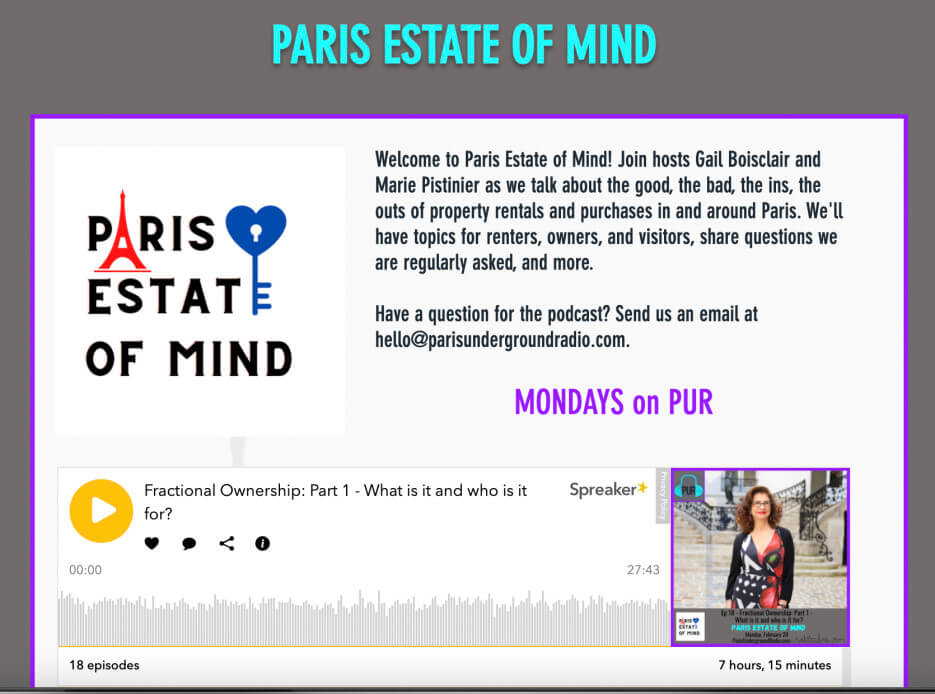 P.S. Have a listen to Part II of “On Paris Estate of Mind: Fractional Ownership: How does it work and how is it set up?” It premieres today!
P.S. Have a listen to Part II of “On Paris Estate of Mind: Fractional Ownership: How does it work and how is it set up?” It premieres today!
P.P.S. Please note correction: Après-Midi starts tomorrow, March 8th at 3 p.m.
2 Comments
Leave a Comment
To read more, click the links below.

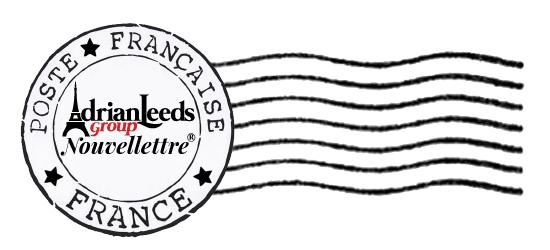
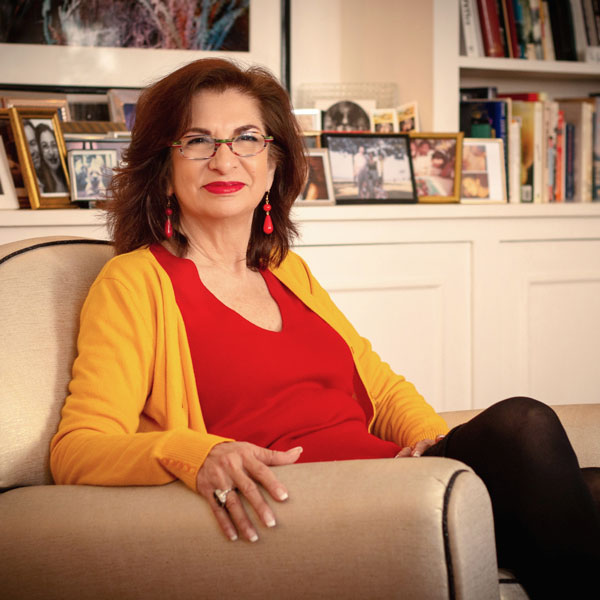






On a day with so much sadness in Ukraine, thank you for these beautiful orchids, a badly needed day brightener
Madame Bondil, who used to be the director of the Montreal Museum of Fine art and head curator is now the Director of the Intitute du Monde Arabe. She is originally from Morocco, I believe.. and is Jewish. Check these facts but I believe so . This could explain the exhibition message and quality.. She is excellent and was very respected until she had a falling out with the board.. in Montreal.. big scandal and she is suing them.. Check these facts but very interesting lady…who created the Jean Paul Gaultier exhibition that is still travelling and many more amazing exhibitions. This position was an odd choice for her everyone thought but she will bring excellence and many more interesting exhibitions… keep your eye on the Institute. She is very connected in the world of Art. Annalee x